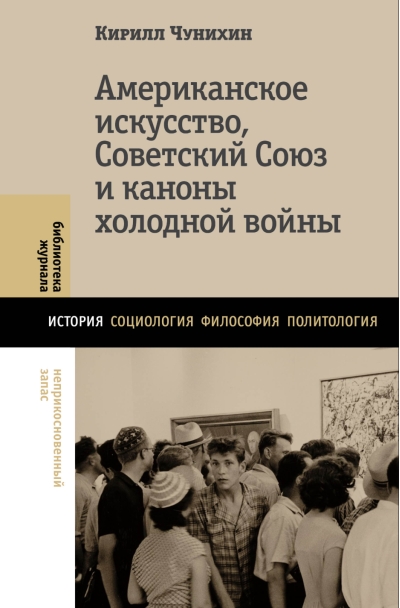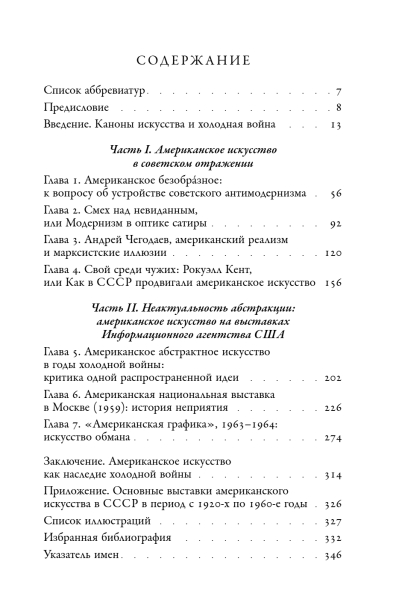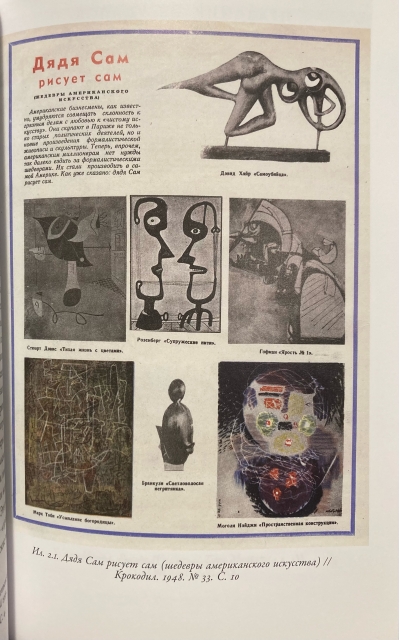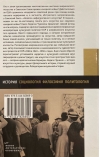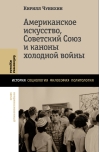American Art, the Soviet Union, and the Canons of the Cold War
19.99 €
The only thing available 3
Who organized numerous exhibitions of American art in the Soviet Union during the Cold War, and why? Did the United States really seek to “undermine” the Soviet regime with the help of American modernism and, in particular, abstract expressionism, while the Soviet Union was “afraid” of non-figurative art? And most importantly, can we truly understand the role of art as a “weapon” of the Cold War? Kirill Chunikhin’s book offers a fresh look at these questions, criticizing traditional ideological interpretations of the cultural policy of the USSR and American art of that time.
Instead of the usual approach, in which historical events are mechanically projected onto art, the author offers a more subtle analysis that takes into account not only politics, but also personal motivations, emotional regimes, and transnational cultural contexts. Considering American art as a global phenomenon, the author shows the interconnections and interdependence of artistic processes in the USSR and the USA in the 1940s–1960s. The book thus revises the established narrative about the cultural isolation of the two superpowers and demonstrates how art has become a space for dialogue — despite ideological barriers.
Kirill Chunikhin is an art and culture historian, associate professor at the Department of History, senior research fellow and head of the Laboratory of Visual History at the National Research University Higher School of Economics — St. Petersburg.
Instead of the usual approach, in which historical events are mechanically projected onto art, the author offers a more subtle analysis that takes into account not only politics, but also personal motivations, emotional regimes, and transnational cultural contexts. Considering American art as a global phenomenon, the author shows the interconnections and interdependence of artistic processes in the USSR and the USA in the 1940s–1960s. The book thus revises the established narrative about the cultural isolation of the two superpowers and demonstrates how art has become a space for dialogue — despite ideological barriers.
Kirill Chunikhin is an art and culture historian, associate professor at the Department of History, senior research fellow and head of the Laboratory of Visual History at the National Research University Higher School of Economics — St. Petersburg.
See also:
- All books by the publisher
- All books by the author
- All books in the series Library of the magazine "Neprikosnovny zapas"



